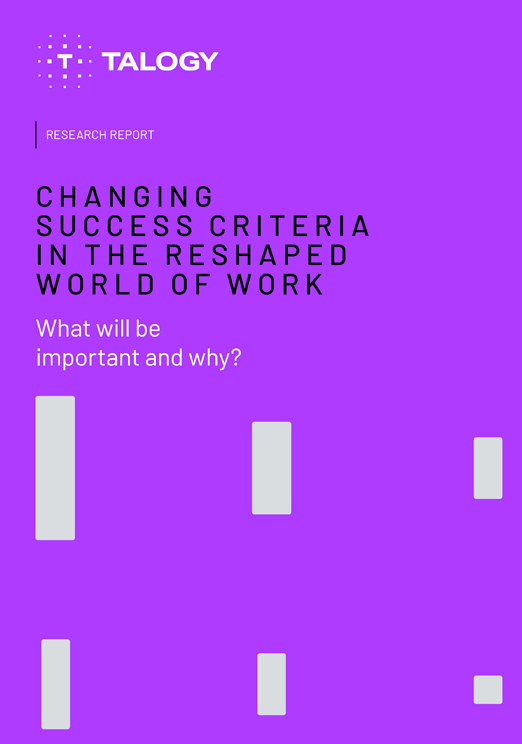Interviewing has always been a performance art, which is why a company needs a pre-employment assessment to identify legitimate candidates in the short term as well as an analytics tool to offer employees coaching suggestions and career-pathing options over the long haul.
In an article entitled “Dear Graduate, Here’s How to Get in the Game,” former GE CEO Jack Welch and his wife Suzy, a best-selling author, offer advice to new graduates who are finding the job search daunting. As part of their plan, they state that graduates must “… understand that a job interview is not like a college test; it requires umpteen times more preparation.”
In short, they argue that with the right training and a rigorous regimen, the dragon can be slayed. So how exactly does one “get in the game”?
“Look, your job interview is not just about you… your job interview is about how much you know about the company you are hoping to join, its industry, and its industry’s dynamics. So prepare for your interview as if it’s the most important test of your life. Google your brains out.”
The Welches engage in some irony here. As much as they encourage people to stop being self-centered and to learn everything they can about a company, a prospective employee is doing so for purely selfish reasons and personal gain, not for his or her own edification.
So how can businesses see past the performance art and adopt a more scientific means of conducting hiring practices?
For starters, using a validated pre-employment assessment tool such as the Caliper Profile can help you cut through the noise and filter out individuals who treat the interview as the final exam after an all-night cram session.
The Caliper Profile zeros in on a person’s self-identified strengths and limitations, so a company can begin to get a handle on something more profound than platitudes spouted in the interview; it focuses on a person’s motivations.
But what happens after the new-employee orientation is complete and the individual’s first 6 months with the company are up?
What separates Caliper from its competitors is that Caliper is equipped to challenge and develop employees over the long term.
Using Caliper’s new Caliper Analytics™ platform, companies can run simulations that allow them to look at their entire workforce, pinpoint the metrics most critical to success in a particular role, and mine data in real time to rank high-potential employees for leadership positions.
Moreover, with Caliper Analytics™, businesses can take a visual perspective to comparing two individuals being considered for a stretch assignment, and they can even formulate potential work units that are cohesive and well-rounded.
In the world of employment, an assessment tool helps you get to the heart of a person’s workplace motivations, and an analytics tool that is dynamic enables businesses to constantly adapt and place employees in positions in which they will succeed.

